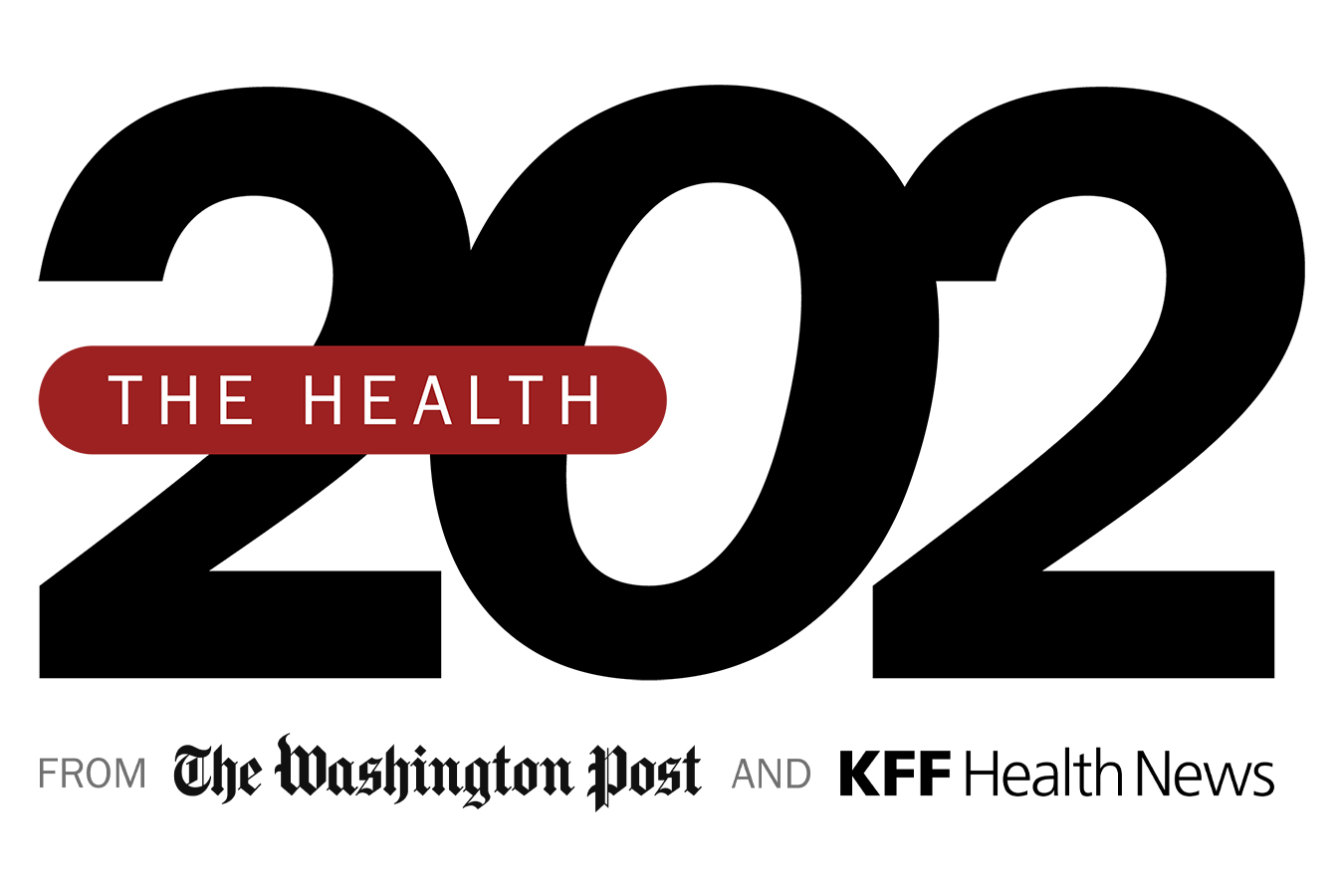As the federal government negotiates with drugmakers to lower the price of 10 expensive drugs for Medicare patients, impatient legislators in some states are trying to go even further. Leading the pack is Colorado, where a new Prescription Drug Affordability Review Board is set to recommend an “upper payment limit” for drugs it deems unaffordable.
In late February the board selected Enbrel, Amgen’s blockbuster drug for autoimmune conditions (list price $1,850 per week), as the first medication that would go through its process. Novartis’s Cosentyx and Johnson & Johnson’s Stelara (both treat autoimmune conditions) will undergo affordability reviews later this year.
Enbrel and Stelara are also on the list of drugs whose prices the federal government is negotiating — but only for Medicare patients. Prices may be published Sept. 1 — in time for President Biden to cheer the results in his reelection campaign. But they won’t take effect until 2026, while the drug industry pursues a raft of lawsuits to stop the initiative.
Colorado’s plan is, in many ways, both broader and more prescriptive than the feds’, covering all patients and potentially fixing an upper price limit rather than squabbling with the industry over an acceptable figure.
Colorado’s government said it anticipates similar litigation. A spokesperson for the state’s Division of Insurance, which oversees the program, declined to make anyone available for an interview.
The Pharmaceutical Research and Manufacturers of America, the industry’s main trade group, said in a blog post: “Policymakers in Colorado have created a system in which patients may face significant barriers to lifesaving medicines because of government price setting.”
The state has already said 604 drugs met the first criteria to undergo an affordability review. The full list of drugs is linked from the board’s webpage, along with a list — in order — of those it has slated for priority review.
The Colorado board will spend the summer setting upper payment levels for drugs selected for price reviews. Drugmakers can then appeal.
The board plans to examine how manufacturers price — and raise prices — for drugs. For generics, the board’s director, Lila Cummings, said at a Feb. 23 meeting, the criteria could include whether the price paid by wholesalers before discounts has increased at least 200 percent in the past year and whether a 30-day supply costs more than $100. Branded drugs that cost more than $30,000 a year or whose wholesale price has increased at least 10 percent in the past year could land in the board’s sights, as could biosimilars that aren’t at least 15 percent cheaper than the brand-name biologics they’re intended to replace, Cummings said.
The five-member board, appointed by Gov. Jared Polis (D), includes two medical doctors, two pharmacists and a hospital executive. A 15-member advisory council includes patient advocates, insurers, pharmacists and representatives of drug manufacturers.
The Colorado law creating the board set out a lengthy process for any drugmaker that decides to withdraw its product from the state over the price caps. (Note that the state is also exploring importing cheaper drugs from Canada, without much success so far.)
More than a dozen states are attempting to rein in drug prices through a variety of tactics. It’s early in U.S. regulators’ work to control drug prices, and it’s unclear whether the federal or state efforts will prevail.
What is clear is that patients need some relief: Over 30 percent of adults report not taking medications as prescribed because of costs, and 1 in 5 didn’t fill a prescription, according to KFF survey results published in August.
This article is not available for syndication due to republishing restrictions. If you have questions about the availability of this or other content for republication, please contact NewsWeb@kff.org.

